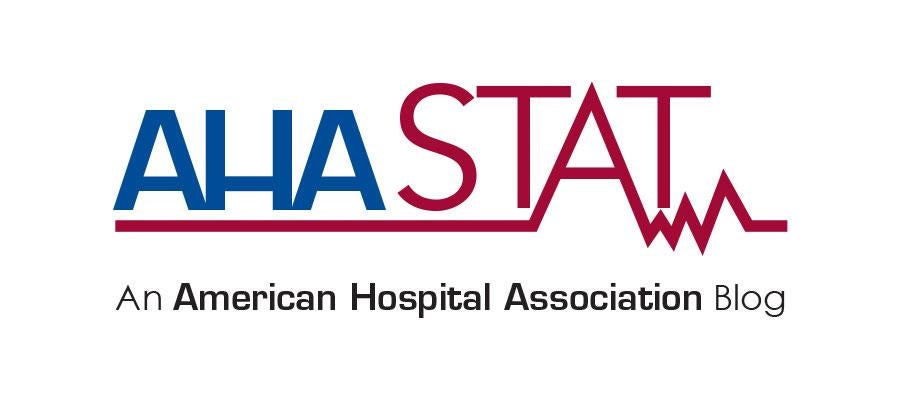A Weak Attempt at Pitting Hospitals Against Each Other: Arnold Ventures Uses Third Way to Advance Its Latest Advocacy Strategy

For unclear reasons, Arnold Ventures, a private LLC backed by hedge fund billionaires John and Laura Arnold, has repeatedly targeted hospitals as part of a widespread misinformation campaign.
On the surface their efforts sound noble – reduce the cost of health care for everyday Americans, employers and taxpayers. As representatives of hospitals across the country – large, small, rural, urban, academic, pediatric, rehabilitation, psychiatric, and long-term, among others – we strongly support this objective. Unfortunately, instead of using their immense wealth to truly understand the issues driving health care costs and the broad impacts on American society, the Arnolds have recklessly bought into and are working to advance an inaccurate narrative of hospitals. Part of this strategy includes pumping more than $100 million into think tanks, academics, public speaking sponsorships, political activities and the like, as well as encouraging these advocates to drive a wedge between different hospitals to advance their policy agenda at the state and national levels.
And yet, hospitals stand together because every hospital recognizes that their 24/7 existence is essential to the health and well-being of the communities they serve. This is particularly important for hospitals because they are the only part of the health care system with this existential responsibility.
First and foremost, the authors in this recent piece published by Third Way compare hospitals that are located in two entirely different communities, treating different patient populations, and facing very unique challenges. Hospitals and health systems, just like the communities they serve, are not monolithic in the services they offer or how they operate. While all hospitals and health systems across the country have faced skyrocketing cost challenges acquiring drugs, supplies and labor, how those cost challenges impact each hospital inherently depends on the hospital’s financial situation and the unique needs of the patients and communities they serve.
For example, each hospital encounters and is working to overcome different patient barriers to care like inadequate transportation, health literacy and cultural barriers, different levels of insurance coverage, and health conditions that require their own care interventions. The authors completely ignore these realities.
Meanwhile, a hospital that cares for higher proportions of Medicare and Medicaid patients may face more financial challenges due to chronic underpayments from government payers. The report doesn’t acknowledge that, according to the government’s own data via the Medicare Payment Advisory Commission (MedPAC), the federal body charged with advising Congress on the Medicare program, hospitals’ Medicare margins for inpatient care in 2022 were negative 11.6%. Said another way, hospitals lost $100 billion by providing care to Medicare patients. This does not even account for other government payers, like Medicaid, that also grossly underpay hospitals, as well as losses from caring for the remaining uninsured. In fact, collective underpayments from Medicare and Medicaid totaled over half a trillion dollars between 2018 and 2022.
The truth is hospitals are the only place in a community that serve all patients and provide many of the essential services that make up our health care safety net in this country. They do this despite incurring losses, often even after accounting for higher commercial insurer reimbursement rates. For example, 2023 hospital data from Strata shows that hospitals incurred negative 34.3% margins across all payers for behavioral health services, a vital service line for any community. In other words, the cost shift isn’t simply about employers making up for Medicare and Medicaid losses; it also is about employers’ payments for some services making up for the losses caused by employers’ underpayment of other services.
The authors also make an illogical conclusion that the concept of “breaking even” is a sign of good financial management. This is simply not true. No organization in any field can operate by simply breaking even. This is particularly true for hospitals and health systems, where maintaining a positive margin is critical to ensuring they can withstand operational disruption or unexpected financial distress, as well as maintain the safety of their physical infrastructure and adapt it to rapidly changing clinical protocols that may require technological and other upgrades.
It is no surprise that the authors drew these conclusions given their use of the highly flawed data and methodologies developed through other Arnold-funded work. Take, for example, the National Academy for State Health Policy (NASHP) Hospital Cost Tool that inflates hospitals’ margins by both undercounting hospital costs as well as incorrectly counting hospital revenue (including by assuming revenue that demonstrably does not exist). This is in part because the Tool fails to include any costs that are not assigned to the hospital’s license. These costs could be for things like physicians, behavioral health, post-acute and ambulance services, among others. Imagine the kind of care a hospital would provide if these services were not covered. Not only would that not be a hospital that anyone would want for their community, but such a hospital would very likely cease to exist. While that possibility may not be a concern for billionaires who can fly to any hospital in the country for care, that is not the world that the vast majority of Americans live in.
So where does that leave us? We strongly discourage anyone from taking seriously the Arnold Ventures misinformation campaign and the flawed conclusions in this report.
Molly Smith is AHA’s group vice president for public policy. Bharath Krishnamurthy is AHA’s director, health analytics & policy .

